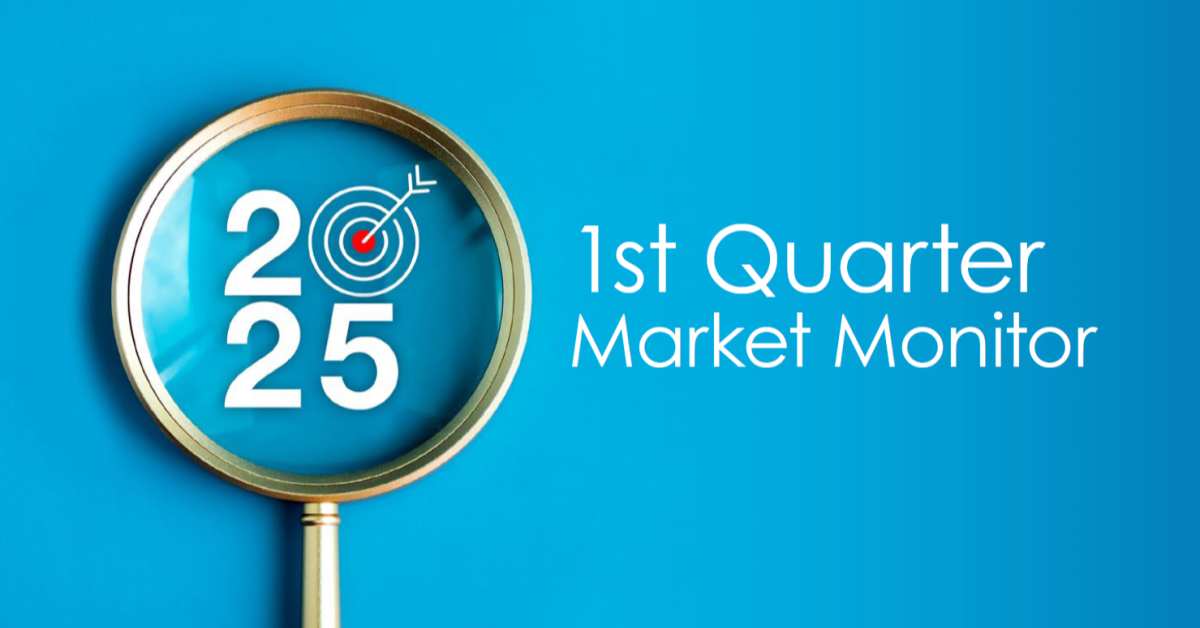
Investors will recall that 2017 was a year characterized by an extreme lack of volatility in the stock market relative to historical norms. Coming into the current year, we said that investors should expect a pickup in volatility, and that the markets were overdue for a correction. Moreover, mid-term election years have historically exhibited greater volatility than the average year.
The first pullback surfaced in late January and lasted a couple of months. But then the stock market settled into a quiet uptrend and logged six consecutive months of positive gains. This led to some complacency among the investor base, according to many of the sentiment indicators we monitor. More recently, the market has begun to pull back in what could be another correction for stocks.
Looking back at the last four midterm election years, the average correction in the stock market registered -16%. That’s a greater decline than anything we have seen this year. Strategas Research went back to 1962 and found that the average midterm correction since then was a surprising -19%. So the volatility we have witnessed this year needs to be put into context, and doesn’t really stand out when viewed in this light. What would be more concerning is if we thought there was a change in the underlying fundamentals of the market.

To that end, the U.S. economy continues to show exceptional strength. In the last month, several economic indicators hit multi-decade highs: the Leading Economic Indicators Index hit an all-time high in September, ditto for the NFIB Small Business Optimism Index; the Manpower Employment Outlook hit its highest level since 2007; Consumer confidence rose to its highest levels since 2000; and jobless claims hit their lowest level since 1969. All of the above lends itself to the notion that current worries about an imminent recession look misplaced.
The positive twist on midterm election years is the strong results that the stock market often enjoys in the months following the elections. What the market hates most is uncertainty, and midterm elections can cause plenty of uncertainty in the form of policy changes, or shifts of balance of power in Congress, etc. Once the midterm elections are final, the market can adjust and price in the new reality.
In essence, once the element of uncertainty has been removed, markets tend to breathe a sigh of relief and recoup much of the pre-election jitters. To wit, the chart below shows that since 1946, the stock market has never been lower in the 12 months following the midterm elections– and the average gain over that 12-month period has been in excess of +15%. Not bad.

Given this strong historical precedent, combined with the positive fundamental backdrop for the market, we remain optimistic that the market will return to make new highs in the not too distant future. We mentioned the strength of the U.S. economy already, and the corporate profit cycle is also still quite strong. Additionally, we have had record amounts of stock buybacks and dividends to help fuel the stock market, and that should continue.
While some have cited the recent rise in bond yields as a bugaboo for the market, we would note that rising interest rates often go hand-in-hand with a strengthening economy. As such, we view it as a positive and accept the premise that the Fed needs to continue to raise rates back to more “normal” levels. Given that the economy is firing on all cylinders, it would seem odd to keep rates at low levels that were considered extraordinary at the time. So we would expect the stock market to continue trending higher, even as the Fed may continue to raise rates at the same time.
Jordan L. Kahn, CFA
Chief Investment Officer
Sources:Stockcharts.com; BTIG research; Raymond James; Briefing.com; IBD; Standard & Poors; Barron’s; Charles Schwab
This market monitor is provided for informational purposes only and should not be interpreted as investment advice.



